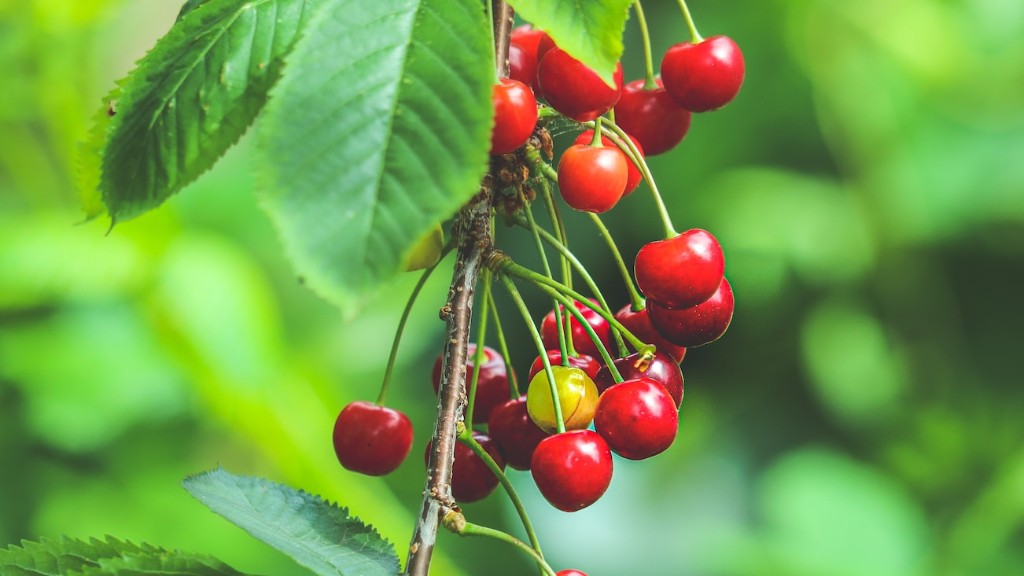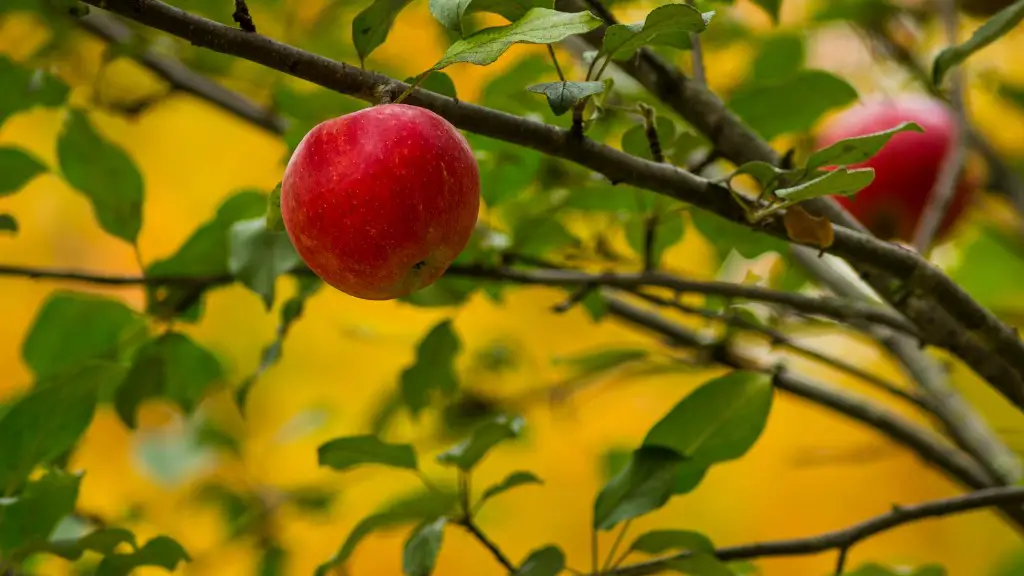Transplanting a cherry tree is an involved process that requires expertise, planning and care in order to ensure successful reestablishment of the tree in its new location. Cherry trees are mini-fruit trees, usually lasting several years, and transplanting them is the perfect way to generate healthy and vibrant trees. The best time to transplant a cherry tree is in the winter or early spring, when the tree is dormant and there is no risk of frost. Transplanting a cherry tree during this period will increase its chances of survival.
When transplanting a cherry tree, it is important to properly prepare it for the new soil. Before digging up the tree, a gardener should prune it in order to reduce the amount of foliage exposed to the shock of transplantation. When pruning the cherry tree, a gardener must remember to minimize the total foliage by one third its original amount. This will’t only shock the tree less, but will also allow more energy to be directed to root formation.
When transplanting a cherry tree, a gardener will want to ensure that the new location is adequate for it. A cherry tree should be planted in lively soil with proper drainage, plenty of air and enough sunshine. Additionally, it must be sheltered from wind and frost damage. The cherry tree should also be protected from pests and animals, such as rabbits and deer.
Transplanting a cherry tree requires great care in the digging process. First, a circle that is approximately two feet in diameter from the trunk of the tree should be traced. This circle serves as a beginning guide for digging up the cherry tree. Once the hole is marked, the gardener should begin to excavate the soil around the tree, making sure to go at least two feet deep and three feet wide, so that the roots of the tree can be extracted and separated from the soil. The gardener must take care not to cut or damage any large roots of the tree, as this can harm the tree and its survival.
After the tree has been successfully removed, the gardener should digs a three to four feet wide holein the new location. It is important to ensure that the cherry tree is planted at the same depth it was originally. The gardener should then fill the newly transplanted cherry tree with the same kinda soil it was in prior, as some soil types can be too acidic and therefore harm the tree. The soil should be firmed around the roots and trunk of the tree.
Finally, the tree should be mulched adequately to help soften the effects on the tree. Mulching helps prevent weeds, assists with water retention, moderates soil temperature and protects cherry trees from animals that cause damage to trees. Additionally, a gardener must remember to regularly water the newly transplanted tree in order to properly feed the soil and the roots, allowing nutrients to reach the tree.
Time Frame
The entire process of transplanting a cherry tree can take anywhere from two to six hours, depending on how much care is taken to ensure that the tree is transplanted correctly. Additionally, the cherry tree should be monitored occasionally over the course of the first few months and regularly thereafter, in order to spot potential problems and address them immediately.
Feeding the Tree
Fertilizing a newly transplanted cherry tree through organic manure or compost is beneficial. This will help the tree get off to a good start and will likely result in a better crop and healthier tree. Fertilizer should not be applied to the cherry tree immediately after transplanting it, as it is likely to cause damage. Instead a gardener should wait until after the first flush of growth and when the cherry tree starts to bud for the first time, before adding any fertilizer to the tree.
Frost Protection
It is also important to protect the cherry tree from cold temperatures and night frost. This can be done through hilling soil around the trunk and branches, laying down mulch and using a tarp over the cherry tree during a frost alert. It is also ideal to look at the local weather forecast and prepare for the chance of frost if temperatures dip below freezing.
Quick Harvesting
Harvesting a cherry tree is a very important step. The time of harvesting will depend on the variety of tree and its location, with some cherry tree varieties ripening as early as May and as late as August. When harvesting a tree it is important to use proper tools and techniques to pick the cherries, beginning at the top of the tree and working downwards. Picking cherries at the right time ensures that the cherries have a better taste and shelf-life.
Tree Maintenance
Maintenance of a cherry tree is essential for the long-term health and abundance of cherries. This includes regular pruning, pest control, and fertilizing. Pruning is done to keep the tree filling with fruit, prevent overcrowding and eliminate dead or diseased branches. Pest control is also important, as pests can damage the tree, leave ugly scars and weaken it, making it vulnerable to diseases. Fertilizing a tree keeps it healthy, as inadequate nutrition will reduce the amount of fruit harvested.
Soil Care
The soil surrounding the cherry tree will also need to be cared for in order to keep the tree healthy. The soil should be tested for optimal pH levels and supplemented with necessary amendments, as well as broken down organic matter mixed with soil. It is also important to keep the area free of weeds by regularly weeding, adding mulch and applying herbicides if necessary.
Wrapping Up
It is important to keep in mind that the cherry tree is not simply transplanted and forgotten. Predators and pests should be monitored, any damage should be addressed immediately, and the cherry tree should be pruned and fertilized regularly. In addition to properly preparing and transplanting the cherry tree, a gardener must also keep up with the tree in order for it to thrive.


